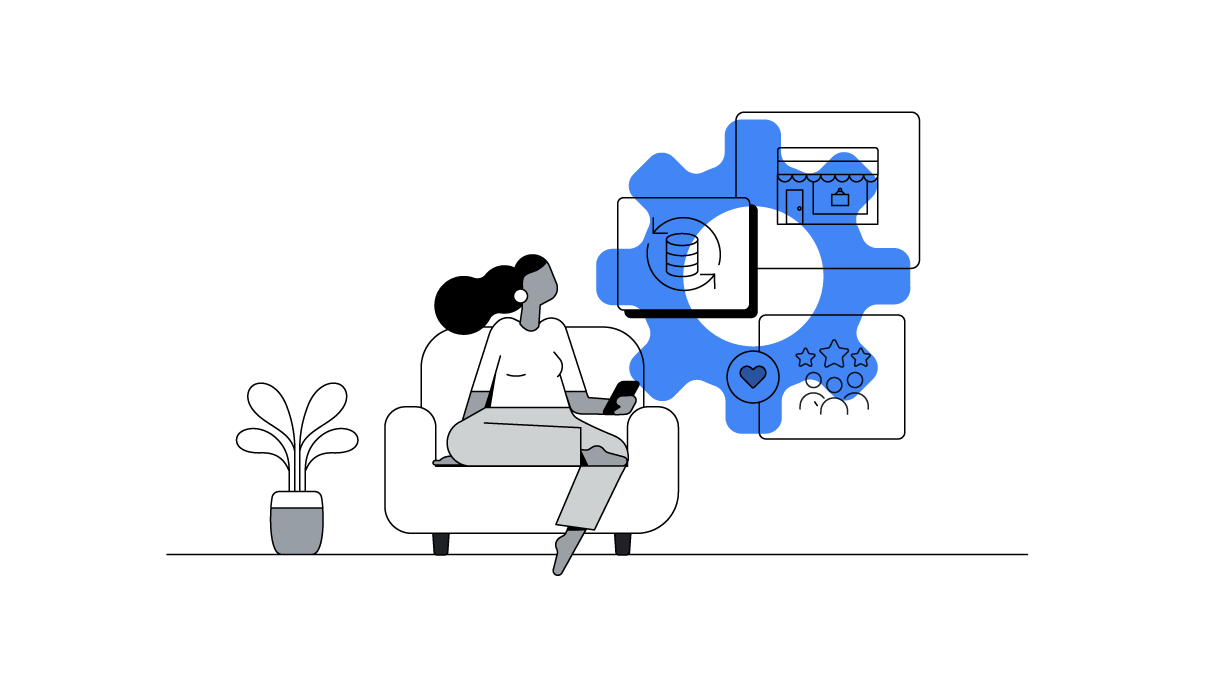To help its increasingly connected Asian customers bank anytime, anywhere, Citibank employs an aggressive mobile-first strategy. New digital features are designed first for mobile before they’re scaled to other platforms. Across the APAC region, over 30% of digital transactions now occur on mobile.
GOALS
Enable its customers to do banking whenever, wherever they choose
APPROACH
Built a team of 30 people dedicated exclusively to mobile banking
Innovated with a wide range of first-to-market mobile solutions, such as a range of location-based services in its app and responsive web design
RESULTS
More than 30% of digital transactions now happen on mobile across the Asia-Pacific region
More than 7 million active customers use its digital banking services on mobile, tablet, and desktop
Citibank was founded in 1812, and two centuries later, the company is a financial leader across six continents and 160 countries. Citibank has always innovated. It funded the first transatlantic cable in 1865 and was an ATM pioneer in the 1970s. Citibank is again leading the way, this time in mobile, with an approach it calls "bank in your pocket."
Citibank’s outlook
For Citibank, mobile is more than a strategy; it's a core competency. Today’s consumers check their smartphones an average of 150 times a day.1 The bank has adopted a mobile-first strategy in which every new digital feature that Citibank creates is designed for mobile before it is scaled up to other platforms.
"Mobile presents the best opportunity to extend the reach of our services, and ultimately to transform the way our customers do their banking," says Felimy Greene, Citibank’s Asia Pacific regional head of digital banking. The company's goal is to help customers do their banking wherever they are and whenever they choose.
How Citibank started its journey
Citibank created its first mobile banking tool more than 15 years ago in Japan. The bank's current mobile banking platform was launched in 2007.
Along the way, Citibank has had to overcome several challenges because sophisticated banking products can be hard to present simply on a small screen. Initially, customers were not used to banking on a handheld device and were concerned that their transactions may not be secure. Citibank had to provide a solution that was effective across all devices, operating systems, and data speeds. Over time, the company addressed each of these issues.
What Citibank has learned about mobile customers
As a pioneer, Citibank has learned a lot about mobile customers and mobile interactions. Here are some of its key insights.
- Mobile is a powerful way to engage banking customers. More than 70% of Citibank's Asian consumers use email on their mobile devices. People who live their lives with a mobile phone in hand are ready to do their banking there as well.
- Mobile customers want convenience. Features must be fast, user-friendly, and designed for mobile.
- Location-based services are essential. Today, high-speed mobile and WiFi connections are available in restaurants, in malls, and even on subways. By focusing on the customers’ context as shown by their location, banks can provide more relevant services.
- Mobile searches for financial services are growing fast. In Indonesia, they grew by a whopping 97% year-over-year in 2014.2This indicates that consumers are ready for more banking information on mobile.
Changes and solutions
Citibank made changes in two major areas to achieve its mobile goals.
- Organizational change to accelerate success. Organizational change was the first big step for Citibank. "None of the progress we made in mobile banking would have been possible if we hadn't tackled mobile banking from the inside out," says Francesco Lagutaine, Citibank Asia Pacific regional head of customer franchise.
The company started by building a team of 30 people dedicated exclusively to mobile banking. This team included new people with the talent and unique skill sets needed to understand the world of mobile. To ensure collaboration and cross-functional alignment, the team was centrally based in Singapore. Citibank also introduced a smaller team of decision makers whose job was to ensure that the mobile team's work aligned with Citibank’s overall strategy.
Citibank also redefined success for its business by focusing on the share of business moving to mobile, net promoter scores, and new acquisitions from mobile.
- New mobile banking solutions. With its mobile-first philosophy in place, Citibank began innovating with a wide range of first-to-market mobile solutions. In India, for instance, it launched a solution called Tap and Go that lets customers pay quickly and conveniently by tapping a phone on the payment terminal instead of swiping a credit card.
Because many local business searches now happen on mobile, Citibank also introduced a range of location-based services in its app for shopping, dining, and offers for its credit card customers, along with local ATM and branch finders.
In addition, all Citibank applications and forms now use responsive website design, so they are user-friendly on mobile and screens of every size.
Results and future plans
Today 7 million active customers use Citibank's digital banking services on mobile, tablet, and desktop. They can track and trade stocks, pay their utility bills, and even adjust their credit limit while on holiday.
"Across the Asia-Pacific region, more than 30% of our digital transactions now happen on mobile. We’re delighted with the way our mobile-first approach has played out." —Felimy Greene, Citibank’s Asia Pacific regional head of digital banking
Citibank's leaders plan to keep innovating as mobile becomes the primary mode of digital engagement. "Our biggest priority in the next five years will be offering seamless and secure banking through personal mobile devices, making it possible for customers to truly have a 'bank in their pocket,'" says Lagutaine. "That priority will drive everything we do."






